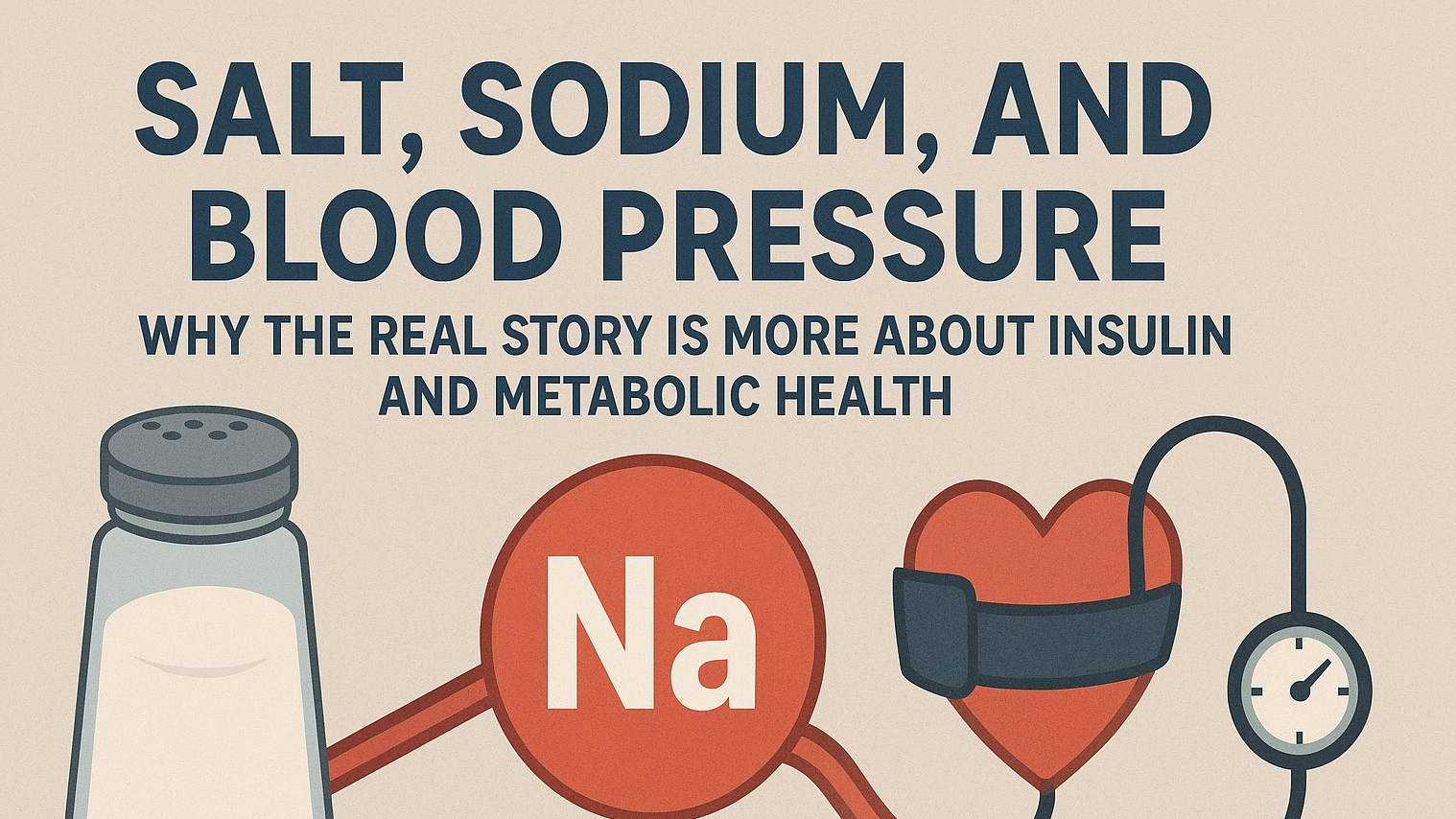
Ditch the barbell and pick up a pair of dumbbells for a new path to more muscle.
The dumbbell doesn’t get enough credit next to its more popular relative, the barbell. But dumbbell training has many advantages over barbell training.
Serious strength and mass goals can be achieved by training with dumbbells. We will even say that to fully maximize strength and hypertrophy, dumbbell training must play at least a partial role in your training regimen. Let’s take a look at some advantages training with dumbbells has over everyone’s reigning favorite, the almighty barbell.
Increased Stabilization and Muscle Activation
One study compared the EMG activity of the chest, triceps, and biceps when performing a barbell bench press, smith machine bench press and a dumbbell bench press. The dumbbell bench press and barbell bench press were similar in chest and triceps activity. Biceps activity was significantly higher with the dumbbells. Why? Dumbbells require greater stabilization.
Greater stabilization is a requirement with dumbbells, in turn, activating more muscle fibers.
Identifies and Eliminates Strength Imbalances
Dumbbells force limbs to work unilaterally. If one side is significantly weaker than the other, there is no running and no hiding.
Over-compensation is impossible with dumbbells, making them an effective agent on the war on imbalances.
Better Safety (Especially When Training Alone)
Missing a heavy squat or bench press training alone means your ass is grass and the barbell is the lawn mower. When training with dumbbells, this is not the case, just drop ‘em and move on.
More Options to Intensify Your Workouts
Rest-pause, mechanical advantage drop sets and traditional drop sets are easier to set up and an actual reality for the solo trainer with dumbbells.
The rack and run technique is exclusive to dumbbell training. Effective high intensity techniques are pretty much avoided by default with solo barbell training—not so with dumbbells.
Increased Range of Motion
One of the most effective ways to overload muscles for strength or muscle-building purposes is to increase range of motion. There is only so much range of motion one can accomplish with a row or press, not the case with dumbbell variations!
Dumbbells can add a new dimension of overload to your go-to mass movements by extending the range of motion.
More Freedom of Movement
When bench pressing with a barbell, your arms and shoulders are in a fixed position and move through a set range of motion. In contrast, dumbbell presses allow one to alter the movement pattern slightly and let the shoulders move freely.
Barbell pressing has a set range of motion; due to this fixed position, you’re up crap creek without a paddle if this falls into an area where you experience pain.
Dumbbell pressing allows you to externally or internally rotate your shoulders or bring the dumbbells lower down or higher up your body to specifically target muscles and press pain free.
Better Awareness About Injury Prevention
A high percentage of accidents at gyms occur near the dumbbell rack. This is usually a result of a lack of focus. Dumbbells don’t cause accidents, people do. In the long term, greater degrees of freedom in a more natural range of motion will result in fewer injuries. Further, by identifying and eliminating imbalances, the probability of injury greatly decreases.
 Add Row
Add Row  Add
Add 










Write A Comment